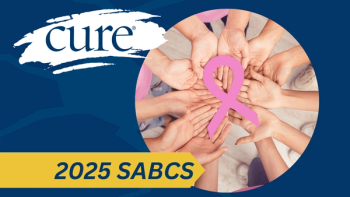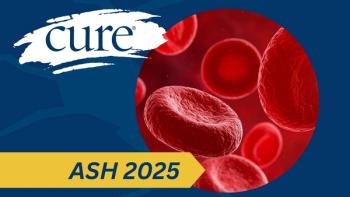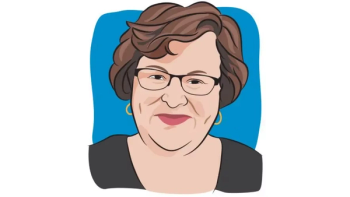
Seeing Beyond a Company: Knowing the People Behind Medications
Learning more about those who work for pharmaceutical companies can be an eye-opening experience.
Every year at the Oncology Nursing Society Annual Congress, whether you are a nurse, a future nurse or somebody who has simply paid the fee to attend, you are given a welcome bag. This bag contains the essentials to attending a conference of enormous magnitude, including as a guide book of the city, a map of the convention center hosting the event and a seminar guide for the conference. As I opened my bag this year, I was curious to see what I would find.
Last year when I got my bag, I was surprised to see many pharmaceutical pamphlets. While I had never been to a conference like this, I had expected educational information. But it has taken me some time to understand that in so many ways, these advertisements also included the educational materials I was looking for.
Yes, sometimes these pamphlets are extra glossy and make look like they are promoting something that isn't a toxic substance dosed because of the horrible illness that is cancer. But behind those well-designed images are the details to the medications that we as health care providers are ordering and dosing to patients.
They contain the details on what illnesses that we are treating, and when and how much we should dose. They also contain all of the side effects to the medications, both major and minor. With this information, we not only get to be better informed to all the things to watch for, but we get to better inform our patients about them, too.
I know that talking about drug companies and the people behind them can be a touchy subject. I, too, can say that I am not one who always has the nicest things to say regarding the pharmaceutical industry. With that being said, last year by attending ONS, I was given a rare opportunity to meet some of the many people behind the bigger names within "big pharma" that we often hear.
I had stopped by the Amgen pavilion booth last year because the CURE Extraordinary Healer presenter last year was Patrick Dempsey. He teamed with Amgen several years ago on a campaign called "Breakaway from Cancer,” which is a nation-wide initiative to promote cancer awareness and education.
I wanted to return this year and see what new frontiers that they were trying to pioneer in the effort to make a cure more of a reality. Among the many people at the booth, I met a researcher. Just as the many nurses that I met had stories to tell, so did she. As a child, she watched her grandfather battle lung cancer.
As he grew sicker, she wondered why there were so few options to treat the cancer. It was a question that was not truly ever answered for her and thus began her quest to find solutions. The thing is that when I heard her story, she could have been one of the many nurses that I have met here at ONS.
A personal connection led her to a research lab where she is working amongst others who all have similar stories to tell. She spoke about how this conference was one of the few places that she isn't considered "heartless" for making money for her work. It was a sad statement to me, because the reality is that even nurses receive compensation for the care that they give.
I am not suggesting that "big pharma" get a pass for some of the abhorrent practices that they utilize, or that we don't continue to pressure them for more transparency. I am suggesting that when we think about the companies that make the drugs that we are using to help patients survive cancer, we may want to stop and think about the many people that make up these companies. In the end, although they may wear suits over scrubs, we are all fighting for a cure.




